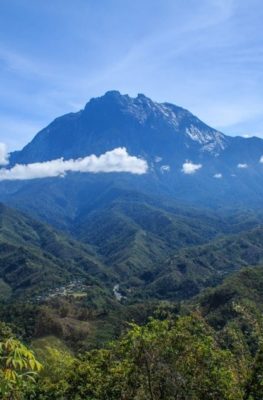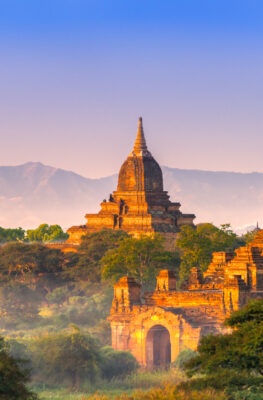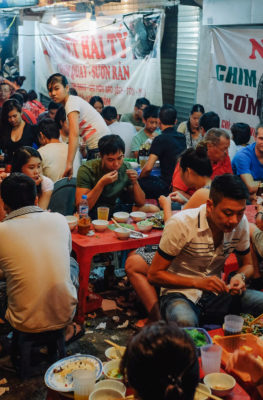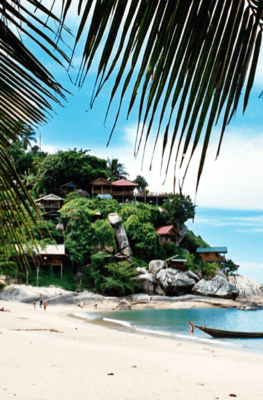Published on September 13, 2019
Welcome back to Culture and Heritage in ASEAN! Today, we’ll be taking you through the multi-faceted culture and heritage of both Malaysia and Myanmar. From meeting ‘sea gypsies’ in Malaysia, where extraordinary diving and fishing abilities maintain a way of nomadic life, to spending a night in a Mandalay village, where you can practice traditional customs alongside locals in Myanmar; these vibrant ASEAN cultures and communities will warmly welcome you.
Malaysia
With overseas influences coming from nations such as India, China, and even Europe (from when Malaysia was a significant part of the international spice route), visitors will discover a one-of-kind blend of national heritage! These foreign influences fuse with local ways of life from Malaysia’s many indigenous groups. Whether you want to observe traditional dances or learn how the Bajau Laut free-dive for fish, there is a wealth of cultural experiences to be had in Malaysia.
Festivals in Malaysia
One can find a variety of delightful festivals in Malaysia throughout the year, including agricultural harvest festivals and colorful religious festivals like Thaipusam. Be sure to check online for festival dates so that you can include them in your Malaysia itinerary!
Thaipusam is a mesmerizing Hindu festival in January/February, in which a procession walks 15km from Kuala Lumpur to the world-famous Batu Caves, which are a must-see in and of themselves. Festival goers use the opportunity to ask for forgiveness, good health, and peace in the new upcoming year. Experiencing this unique festival will bring you to one of the most remarkable Hindu temples, hidden within the Batu-Caves, and the world’s tallest statue of Murugan!
Other captivating festivals you must see are the various harvest festivals led by the indigenous Malay communities, such as the Sarawak Gawai Dayak celebration. This festival celebrates the Dayak people of Sarawak, Malaysia through traditional attire garnished in peacock and hornbill feathers, lively community dances, and feasts with free-flowing tuak (local rice wine) starting on June 1st, 2020.
If you’re coming in September, we highly recommend the Moon Cake Festival and Hungry Ghost Festival, where the moon goddess is thanked for a bountiful harvest, and spirits are appeased by delectable food offerings and traditional puppet shows.
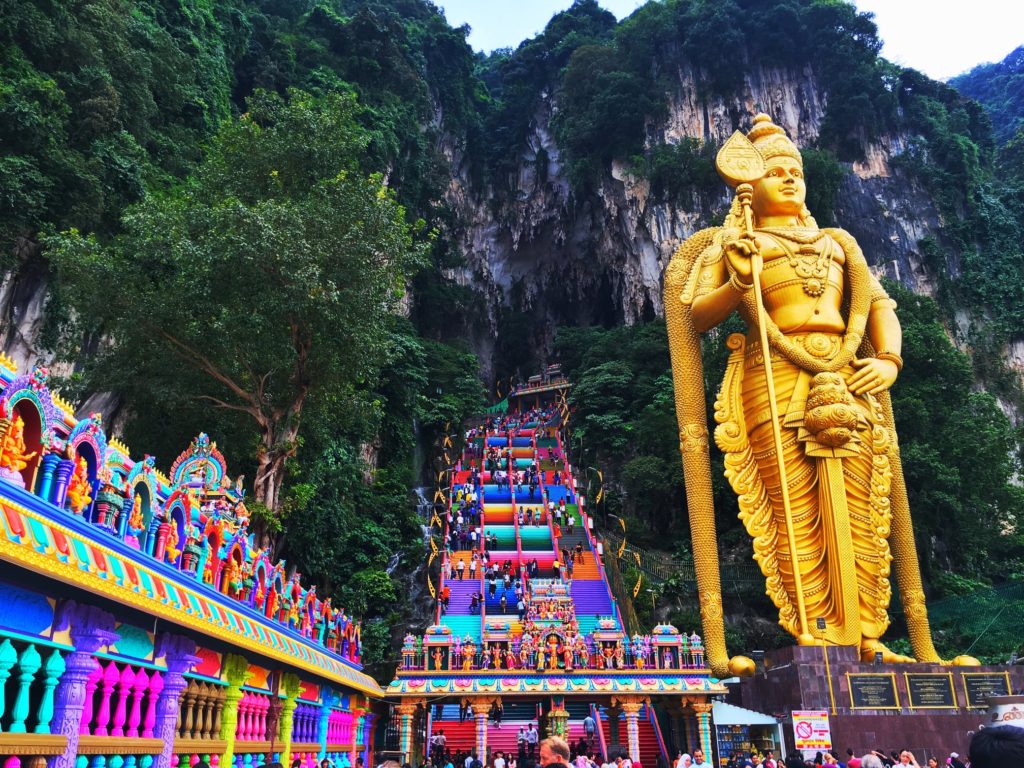
The Bajau Laut at Bohey Dulang
If you’re looking for a tropical beach paradise, then Malaysia is the place for you. Bohey Dulang should be on your go-to list. A mountainous island, Bohey Dulang offers 650-foot peak views you will never forget, a colorful coral reef, and an 82-feet-deep lagoon. But what makes this island so special is that it is home to the world’s last nomadic marine community, the Bajau Laut people.
There’s no doubt, the beauty of this island and the surrounding waters are part of the reason the Bajau Laut have made this one of the main bases for their sea-faring nomadic life. Many rarely come onto land other than to do business, showing that the Bajau Laut are true masters of the sea, living on houseboats and stilt-huts built atop coral reefs around Sabah. With tours allowing you to experience the resilient Bajau Laut culture, especially about seaweed farming and free-diving fishing. The Regatta Lepa Water Festival in nearby Semporna is a cultural phenomenon you cannot miss, especially if you’ve been dreaming of a truly distinct beach vacation!
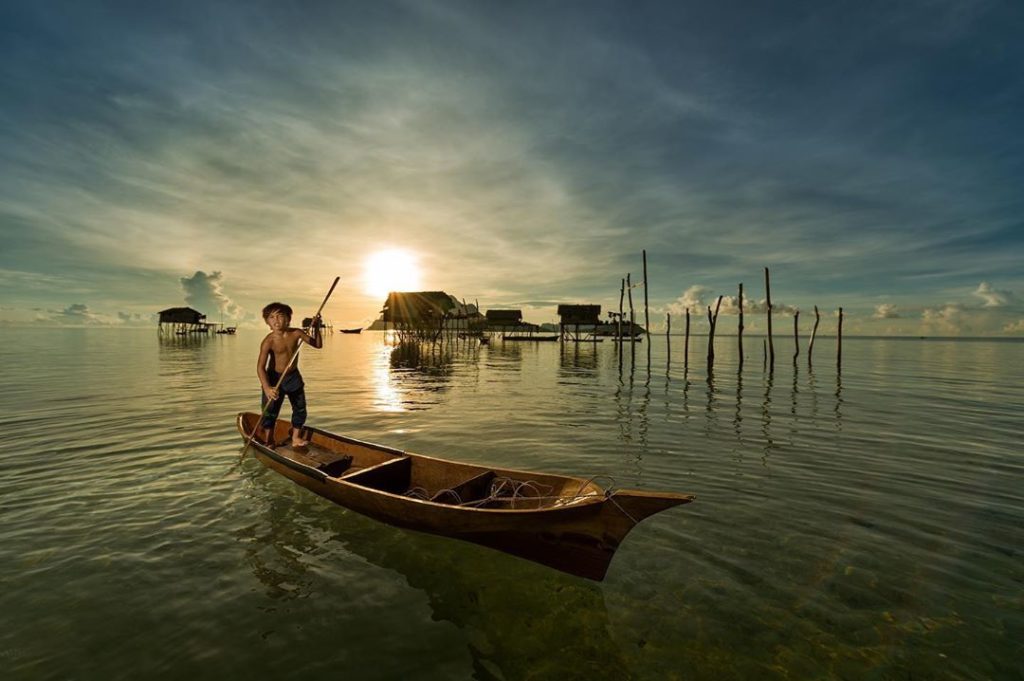
Pua Kumbu in Sarawak
If you want to bring home a physical souvenir to remind you of your days of enjoying all the sights, sounds, and histories of Malaysia, then turn to the traditional arts and handicrafts offered by different indigenous groups.
In Sarawak, you can learn from the Iban women of the religious significance of Pua Kumbu, intricate ceremonial textiles that take anywhere from 3 weeks to two months to make! With Bangie Ak Embol being mostly responsible for the sharing of this culturally significant textile, foreigners and locals alike are encouraged to learn just how these beautiful textiles are made. Bangie Ak Embol and her mother Karama Ak Dampa won the 1998 UNESCO Crafts Prize for Natural Dye Weaving!
So, if you fancy yourself an expert with a sewing machine, wait until you see what the women of Rumah Garie Longhouse can do. Plus you’ll gain an insight into the Malaysian culture and heritage in the process.
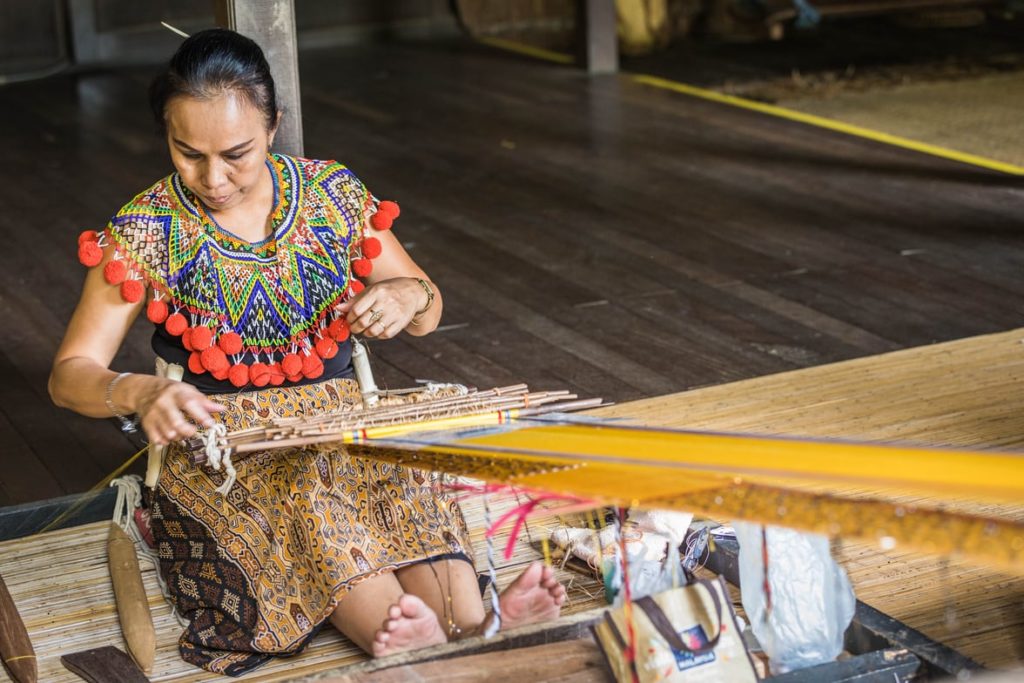
Now let’s go further North to another beautiful ASEAN country, Myanmar, which is certainly not to be missed with its array of food, festivals, and welcoming communities!
Myanmar
With ancient temples, traditional dances, and community-based tourism projects that will allow for a real appreciation of Burmese culture, Myanmar should be high on your list. If you are seeking a visually stimulating experience during your time in Southeast Asia, you will find some of your happiest moments in Myanmar with hospitable people and monthly festivals bursting with color and culture!
Myanmar’s Community-Based Tourism Projects
With Myanmar taking a proactive approach to involving locals in its tourism industry, there is a range of Community-Based Tourism projects throughout the country that offer you a personal, hands-on experience. In the Mandalay region, you can visit or stay overnight in the Site and Myitkangyi villages, learning traditional fishing methods and experiencing the authentic lifestyle of the villagers through cultural activities, pottery, cooking, and more.
If you’re more of a born performer, then you have to explore Pa-o in the Shan state. Stay in the Lwe Kaw, Inne, Hteenae, or Kakku villages to join the locals in playful dancing and singing traditional folk songs. Time spent singing and dancing isn’t complete without delicious food! Learn the wisdom of local families, who invite you to cook and taste traditional delicacies, as well as discover Pa-O’s culture through craft, cultivation, and personal conversations with locals.
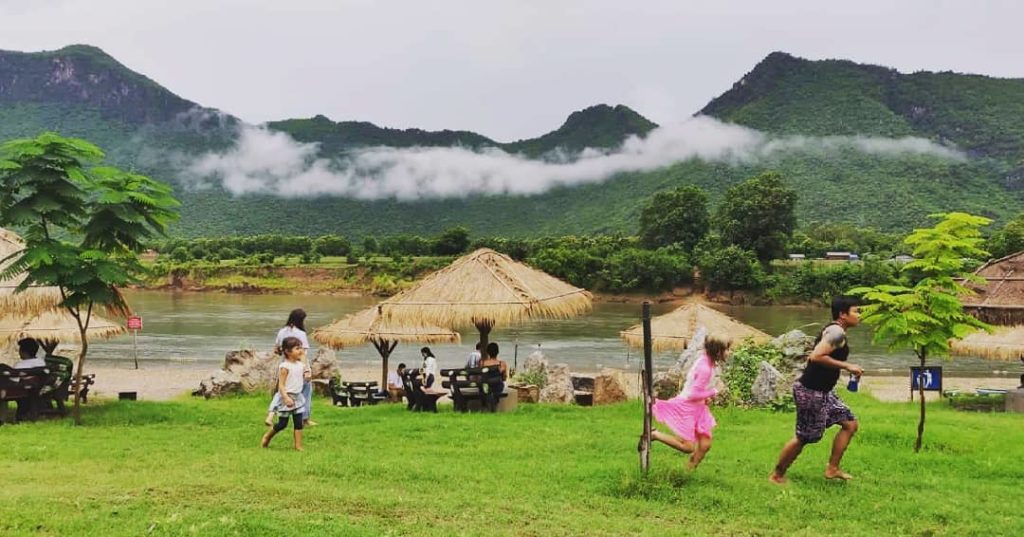
The Shwe Kyin Light Festival
Myanmar has festivals every month of the year, so it’s worth planning your vacation around a celebration of interest. We recommend the Shwe Kyin Light Festival in the Bago Region in October, right after the Full Moon Day of Thadingyut. This festival is divided into two parts: Local men and women begin this festival together by competing in boat races along the Shwe Kyin creek. The competitions are followed by performances atop boats floating along the river, in which villagers dance and sing to traditional Burmese music. After these shows, you can observe the more ritualistic side of the festival, whereby attendees get together in the thousands to release stunning, lit paper lanterns onto the river. These floating lanterns will mesmerize in both their beauty and sheer quantity! The floating lanterns are believed to bring good luck and fortune, so why not join in the celebration? Maybe you’ll gain the good fortune to spend even longer in this breathtaking country.
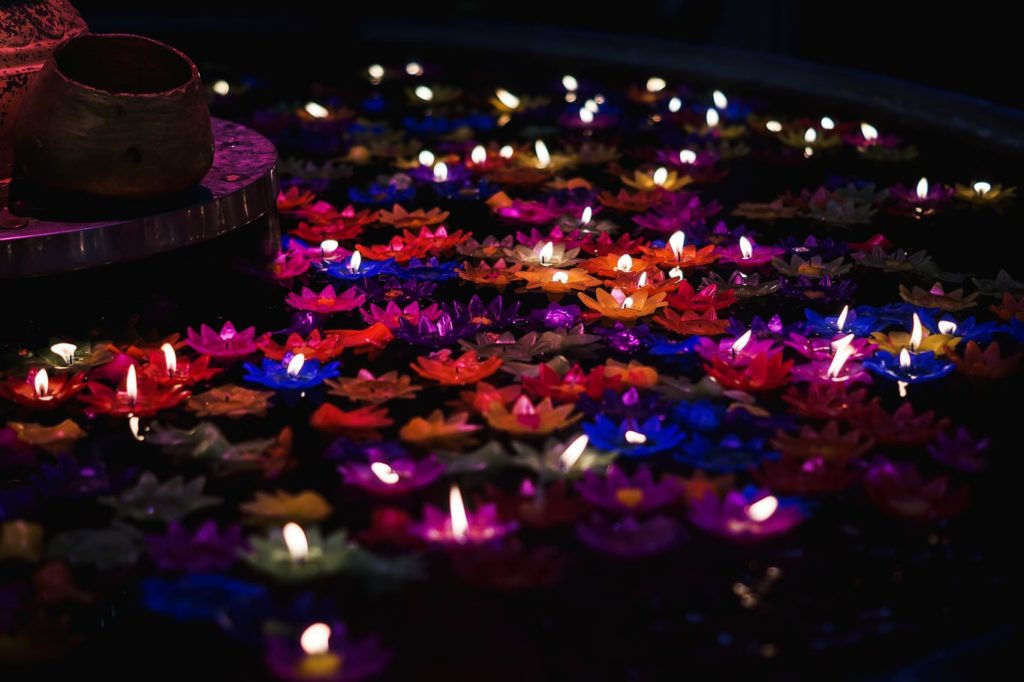
The Religious Center of Sagaing
Home to numerous pagodas, Buddhist monasteries, and the Naga festival, Sagaing offers magnificent views atop rolling hills and parallel to rivers with breathtaking sunsets. With such a prevalence of religious structures, and thus a time capsule of Burmese history, Sagaing offers an enthralling insight into the heritage of Myanmar.
Here you will be able to explore the colossal Mingun Pahtodawgyi pagoda. Intended to be the largest pagoda in the country, construction halted when a prophecy foresaw the downfall of the nation upon its completion. Today, you will find two 95-foot-tall lions guarding the pagoda, and Mingun Bell, which is the world’s largest ringing bell, standing at 13 feet high and weighing around 90 tons.
You can also wander out to the brilliant Phoe Win Tuang cave, which houses 446,444 images of Buddha, mainly sculpted from stone, making it a truly magnificent sight. We recommend you hire a local guide to get an in-depth knowledge of the historical significance of these remarkable religious symbols.
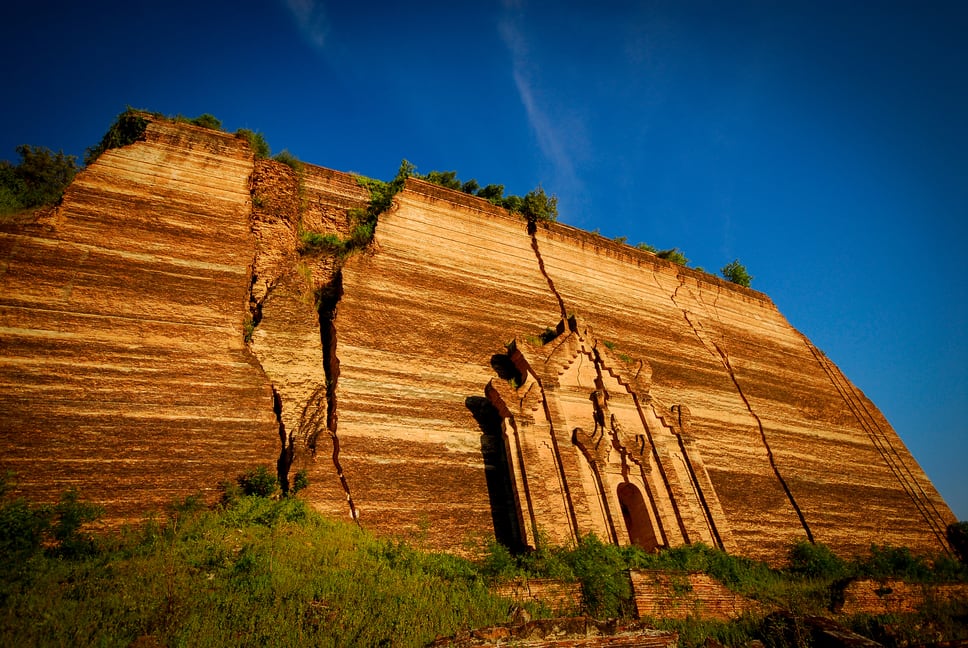
We hope you feel inspired to visit these two marvelous ASEAN countries with blossoming tourism, views that will truly take your breath away, and buried histories that will leave you in awe. Do you feel inspired to widen your array of dance moves? Or do you wish to get a little closer to enlightenment during your trip? We’re sure that either way, your time here will be truly incredible. Tune in next time where we’ll be discussing some must-do experiences to engage with the culture and heritage of the Philippines and Singapore!



